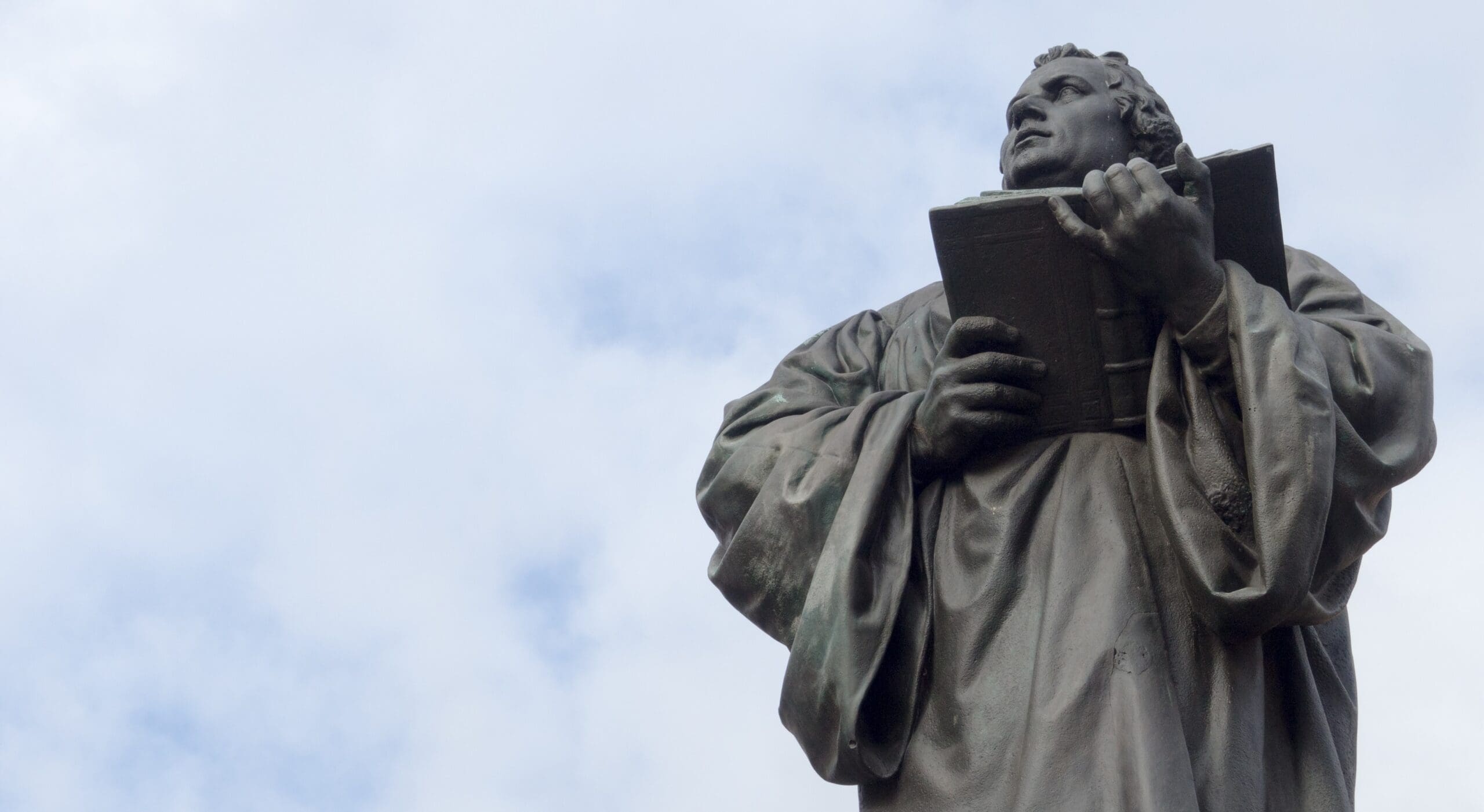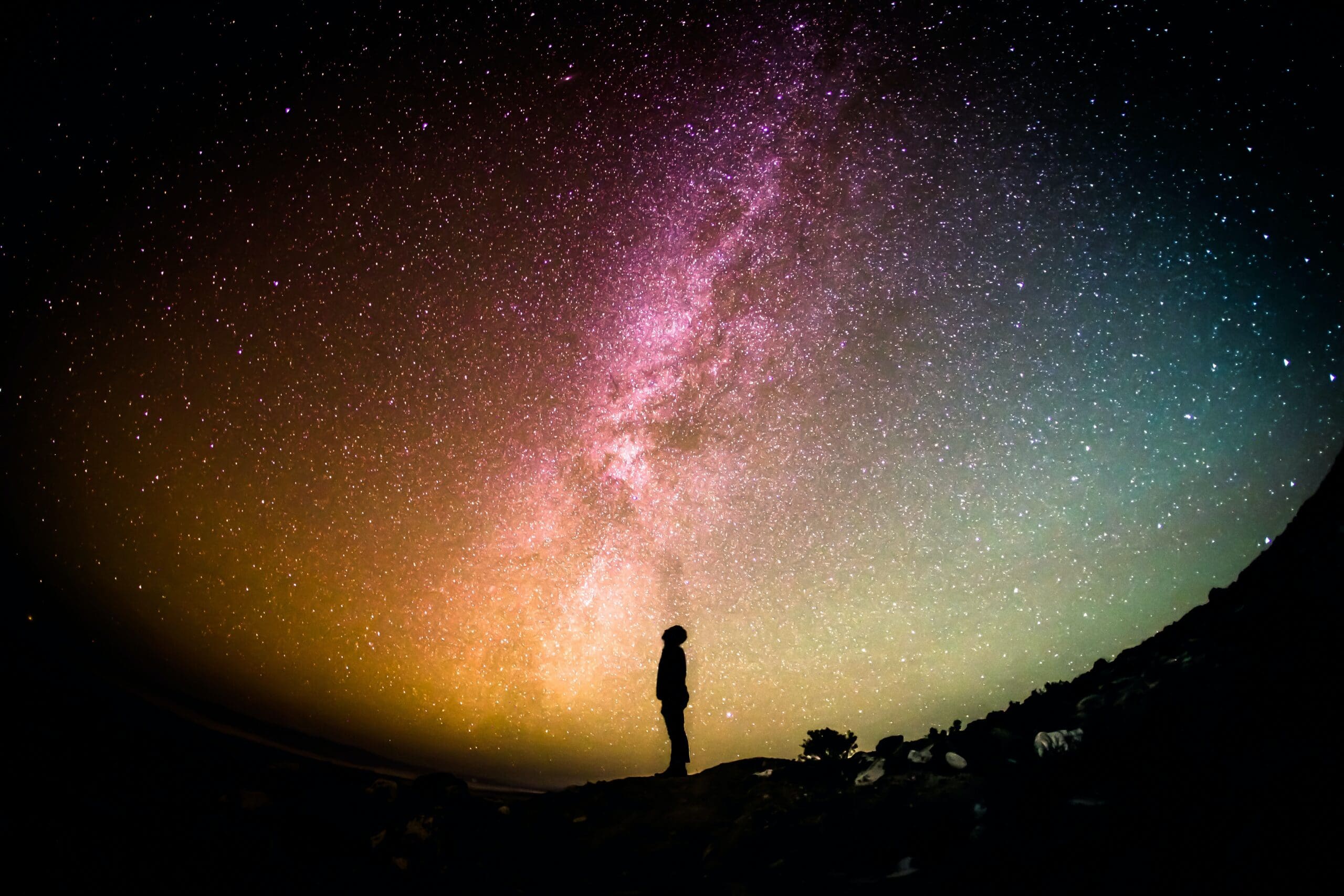In the previous article, we discussed how the events and language of the Exodus reveal a conflict between Yahweh and Pharaoh, and in particular, the symbols and imagery associated by the Egyptians with the power and might of Pharaoh. This article seeks to continue that discussion, focusing on how the ten plagues directly attacked the Egyptian pantheon, which housed deities in charge of all aspects of Egyptian life.
The Ten Plagues & The Egyptian Pantheon:
The Egyptian pantheon consisted of a hierarchy of deities that maintained the sacred order ma’at (justice/righteousness/etc.). Just as God was pictured as producing order from the chaotic waters of creation [Gen. 1:1-2], the Egyptian gods were likewise viewed as shields against the chaos, ma’at in the lives of the Egyptians. Throughout the plagues, Yahweh makes a distinction between Egypt and the Israelites [Ex. 9:4-7, 26; 10:23; 11:7; 12:27], revealing a polemic against the Egyptian cosmology—Yahweh alone produces order and therefore, Yahweh alone is the creator of all (Currid, 113-20). But beyond this distinction, it is clear from Exodus that the ten plagues were targeted polemics against the Egyptian pantheon. For as Yahweh himself declares, “on all the gods of Egypt I will execute judgments: I am the Lord [Ex. 12:12b; cf. Num. 33:4].” With this in mind, let us consider how each plague sought to undermine the gods which Egypt worshiped.
Plague #1: Water to Blood
Egyptian society was dependent on the seasonal flooding of the Nile River for irrigation of their crops, as well as food provided by its fish. The Nile River was a personified deity called Hapi. As one ancient Hymn proclaimed, “So it is ‘O Nile, verdant art thou, who makest man and cattle to live! (Quoted in Currid, 110).” The Nile turning to blood for seven days would have disrupted the very ecosystem which the Egyptians were dependent upon, and most importantly, would have proven Hapi unable to protect the Egyptian way of life.
Plague #2: Multiplication of Frogs
The frog was a symbol of fertility in Ancient Egypt. The goddess Heket was pictured with the head of a frog, and as the spouse of the creator-god Khnum, she breathed life into humans at birth. As such, she was often viewed as the patron goddess of midwives. But it was also her responsibility to control the generation of frogs by protecting creatures of the Nile that devoured them (Currid 110). Therefore, Yahweh proves that she was inept at her duty by overwhelming the land with frogs. As with all the gods, Heket, too, was found to be an imposter.
Plagues #3 & #4: Gnats & Flying Stingers
The third and fourth plagues both included flying insects (the exact identity of the Hebrew kinnim, gnats/lice/maggots, and ‘ārōb, mosquitos/wasps, is debated. Vid. Currid 110), was an attack against deities associated with insects and fertility. One such deity was Khepri, who was personified with the head of a flying beetle. Khepri was associated with the night and also with protecting Egyptians in the afterlife, thus the beetle hieroglyph is common in tombs.
Plague #5: Livestock
Cults associated with the worship of bulls and other livestock were common among the Ancient Egyptians (cf. the golden calf of Ex. 32). The higher gods, Ptah and Re, were personified with bull’s heads, and there were minor bull cults such as Buchis and Mneuis (Currid, 111). Other female deities were pictured with imagery of other livestock, such as the queen of the gods, Isis, and Hathor, divine protector of the king. The destruction of livestock which the Egyptians were dependent, revealed their gods were unable to truly protect the Egyptians.
Plague #6: Boils
One connection with Hollywood is the Mummy’s portrayal of the ten plagues. With the plague of boils, those who are infected walk like mummies chanting “Imhotep.” Some scholars associate the sixth plague with the cult of Imhotep, the 3rd Dynasty advisor associated with healing and medicine. This connection is impossible considering the cult appeared centuries after the Exodus event. Instead, it may have been directed at Sekhmet, who was the goddess in charge of pandemics and also with the healing of ailments. Another deity included with healing is Amon-Re, who was worshipped in this capacity as early as the 19th dynasty.
Plague #7: Hail
The falling of flames from the heavens would have been a poignant attack against the sky deities Nut and Shu, who were preeminent deities in the Egyptian creation accounts. Furthermore, a minor deity, Tefnut, was the goddess of moisture and rain. What is fascinating about this plague is it is the first where Moses provides a warning to the Egyptians and a means for their escape [Ex. 9:18-21]. This warning serves as a test to see if the Egyptians were paying attention to the plagues and the signs. And from the fact that some Egyptians heed the warning [Ex. 9:20], some were in fact listening.
Plague #8: Locusts
Locusts could prove deadly to any civilization, and it was especially dangerous to the Egyptians. It is possible that the minor deity, Senehem, the divine protector from locusts, could be in view here; however, some scholars have noted the unusualness of Yahweh challenging a minor deity. In light of this, Currid and others have shown that many other gods of Egypt were viewed as cooperating in the protection of locusts (Currid, 112).
Plague #9: Darkness
Worship of the sun was preeminent among Egyptians. Amon-Re/a was the sun god and chief deity of the gods. The rising and setting of the sun symbolized resurrection and the beginning of life. Thus, Amon-Re was regarded as the chief creator god. The fact that the sun did not rise for a number of days was terrifying, for darkness and the setting of the sun symbolized death and the underworld. By light not shining on the Egyptians, but shining on the Israelites, the Egyptians would have understood that their chief deity was powerless to Yahweh.
Plague #10: Death of The First Born
Most of our discussion of the Tenth plague will be postponed to our discussion of Passover as both sacrifice, covenantal consummation, and divine judgment; however, there is one detail relevant to our current discussion. In the prelude to the final plague, Yahweh provides the detail that, “But not a dog shall growl against any of the people of Israel, either man or beast… [Ex. 11:7a].” Considering this plague’s consequence is the death of humans, some scholars have pointed to a connection between the Egyptian god of the underworld, Anubis, who was figured with the head of a jackal. It is quite possible that the silencing of canines reveals Anubis’s inability to rule the life and death of the Egyptians.
Conclusion:
Throughout the plagues and the conflict between Pharaoh and Yahweh, the religious and political worldviews of the Egyptians were shattered. Not only were their gods shown to be imposters, but all systems of power were shown to be powerless. Yahweh judged the Egyptians and manifested his glory to the Egyptians, which in turn, spread throughout the nations [Josh. 2:10]. Yahweh’s unicity and superiority were displayed to the Egyptians, and the call to worship him alone was echoed after each plague. And some Egyptians not only understood the signs but heeded them and followed after Yahweh [Ex. 12:38]. And this produces a common theme in the Old Testament: God calls all nations, not just Israel, to worship him. And his relationship with Israel was a manifestation of that call to worship. As God declared to Abraham, “In your offspring shall all the nations of the earth be blessed [Gen. 22:18].” The nations were always in mind and here, not only Israel but their captors as well.
Suggested Readings:
Grossman, Jonathan. “The Structural Paradigm of the Ten Plagues Narrative and The Hardening of Pharaoh’s Heart.” Vetus Testamentum Vol. 64, 4 (2014): 588-610. URL: https://www.jstor.org/stable/43894184
Currid, John. Ancient Egypt and The Old Testament. Grand Rapids: Baker Publishing, 1997.
Budge, E. A. The Gods of The Egyptians Vol. 1. New York: Dover Publishing, 1969.







